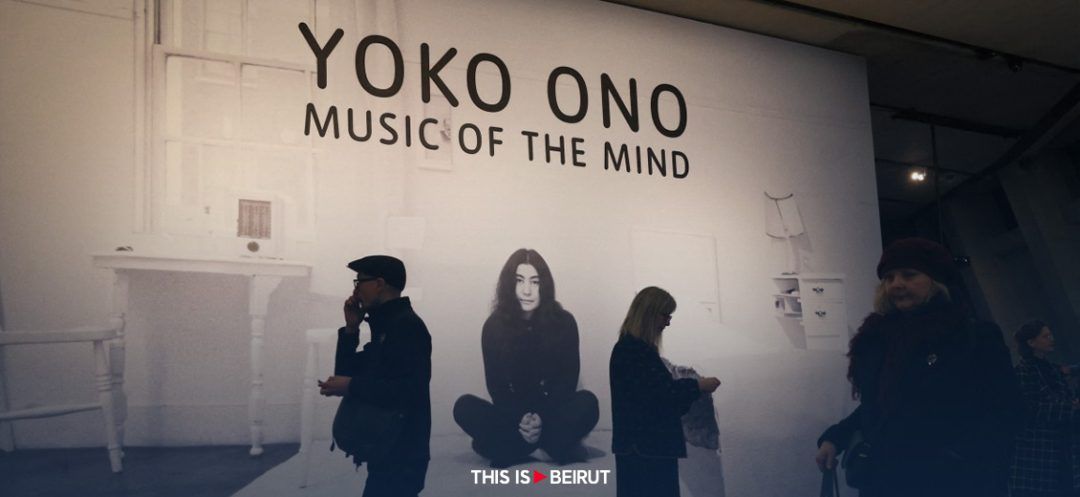
©Photo by Daniel Leal/AFP
John Lennon described her as the “world’s most famous unknown artist,” a mystery that Tate Modern in London is striving to unravel. The “Music of the Mind” exhibition celebrates the multidimensional work of Yoko Ono, far from the shadow of her illustrious husband.
The Tate Modern in London unveils an ambitious retrospective titled “Music of the Mind,” highlighting the work of Yoko Ono, an internationally renowned conceptual artist and the widow of former Beatle John Lennon. Contrary to popular perception, which often reduces her to the role of muse and partner to Lennon, this exhibition aims to celebrate Yoko Ono as an artist in her own right, whose influence on contemporary art and culture is undeniable.
Andrew de Brun, curator of the exhibition, emphasizes the importance of recognizing Yoko Ono as a major artistic figure, independent of her association with Lennon. “This exhibition truly celebrates the artist Yoko was,” he asserts, showcasing the richness and diversity of her work. The exhibition traces seven decades of her artistic career, presenting more than 200 works ranging from installations to videos, photos, sculptures, and documents that bear witness to her commitment to peace and activism.
Among the exhibited works, some of the most striking include the performance of “Cut Piece,” where Yoko Ono, dressed in a simple black dress, invited the public to cut pieces from her garment, a strong artistic move aimed at denouncing violence against women. This piece perfectly illustrates the avant-garde character of her work, which blends art with a powerful socio-political message.
The exhibition also addresses controversies, notably the accusation often leveled against Yoko Ono of being the cause of the Beatles’ breakup. However, far from being defined by these criticisms, she continued to innovate and experiment in various artistic fields. Her installation “Ceiling Painting,” which fascinated Lennon during their meeting at the Indica Gallery in London in 1967, is an example of her conceptual approach, inviting spectators to a physical and intellectual interaction with the work.
The couple, united in life as in art, collaborated on several musical and artistic projects, testifying to their creative complicity. Yoko Ono, despite mourning and loss, continued to explore the links between art, music, and activism, an approach highlighted by the exhibition through works like “Double Fantasy,” the joint album with Lennon that won them a Grammy Award.
“Music of the Mind” is more than just a retrospective; it’s an invitation to rediscover Yoko Ono in a new light as a complete and innovative artist. By presenting her works to new generations, the Tate Modern hopes not only to pay tribute to her artistic legacy but also to inspire a broader reflection on art, society, and the power of creativity. The retrospective of Yoko Ono at the Tate Modern is a celebration of her indomitable spirit, proving once and for all that her impact goes far beyond her status as the “world’s most famous unknown artist.”
With AFP
Read more






Comments